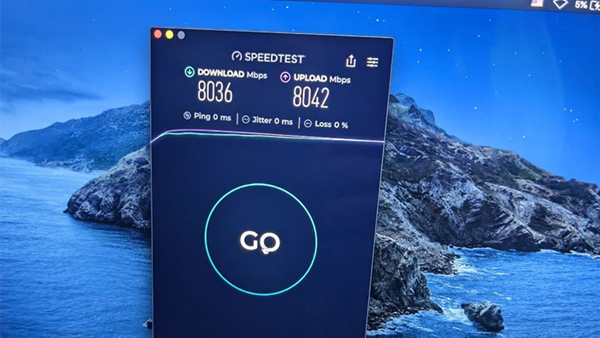Due to Severe Robbery and Theft, Google Launches Anti-Theft Protection and Automatic Locking Features for Android in Brazil
At the Google I/O 2024 developer conference, Google announced several new anti-theft settings for the Android system. These features, part of Android 15, can also be extended to support Android 10+ versions through a Google Play update.
Google has initially launched these new anti-theft settings for Android phones in the Brazilian market, including theft-detection locks, offline device locks, and remote device locking capabilities, especially through automated detection of potential theft issues.
Brazil was chosen as the test location because of the severe incidence of robbery and theft targeting smartphones and similar valuables, making it a natural testing ground for Google to experiment and make improvements.
Features of the New Anti-Theft Settings:
Google utilizes the built-in sensors of Android devices for detection, with typical scenarios like the phone moving very slowly initially but suddenly starting to move at a high speed, corresponding to scenarios like robberies on motorcycles. In such cases, the system automatically activates the locking feature.
Besides sensor detection, Google has defined a series of potential conditions that trigger an artificial intelligence (AI) response. The AI model then decides whether to lock the device.
For example, if there is unusual network activity on the phone (including suddenly connecting to unfamiliar networks, being disconnected from frequently used networks for a long time, or not connecting to any network for a prolonged period), the AI might interpret this as suspicious and automatically escalate the security level.
Additionally, the new remote locking feature allows users to remotely lock their device if it's stolen or, if the device has already automatically locked itself, users can remotely erase all data on the device.
Remote locking or data wiping requires an internet connection. Once the user sets a device to be remotely locked or wiped, the stolen Android device will automatically execute these commands upon connecting to the internet. Criminal organizations have no way to prevent the device from being locked or data erased unless they forcibly power it down or keep it permanently offline.
Lastly, most Android phones now prohibit flashing (reinstalling the operating system), which, although not favorable for enthusiasts, helps enhance device security. This means criminal groups cannot forcibly unlock the phone for resale by flashing it.
In cases where flashing and unlocking are not possible, the usual fate of these stolen devices is to be dismantled and sold for parts. However, it cannot be ruled out that there are industry chains capable of forcibly unlocking and flashing devices, allowing them to be sold as complete products.










